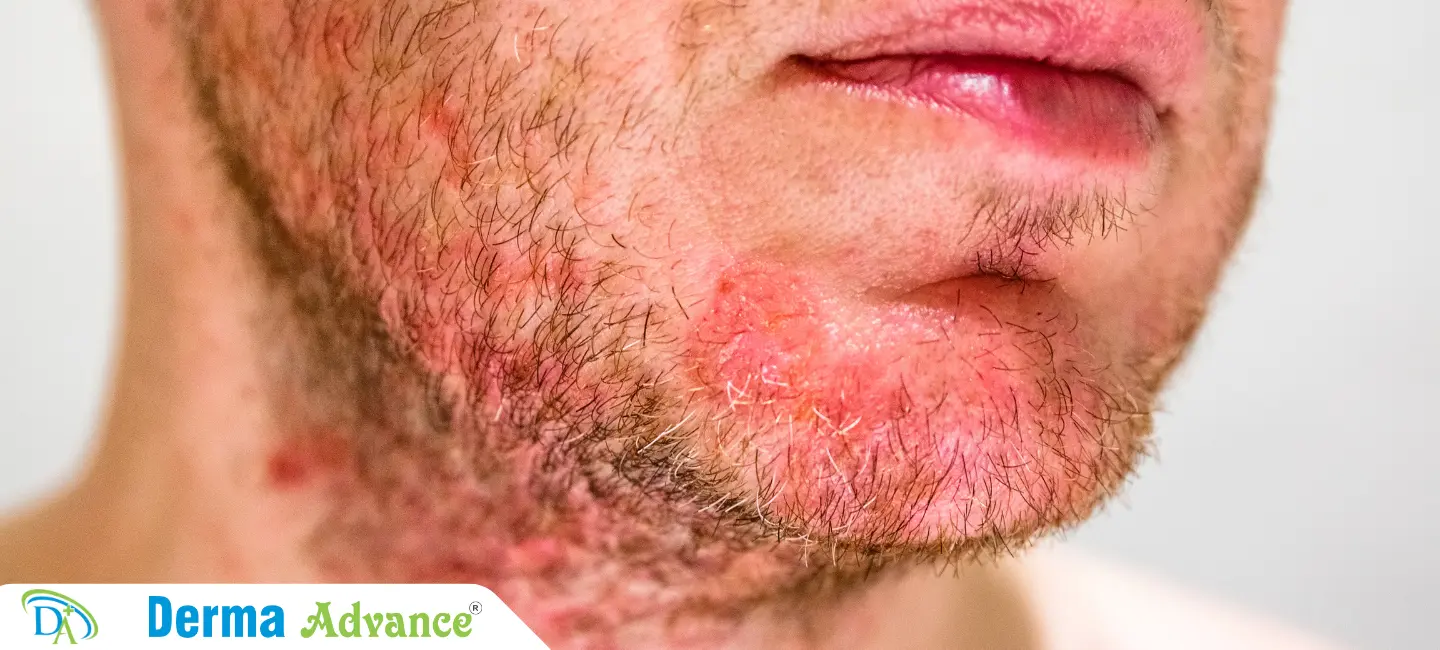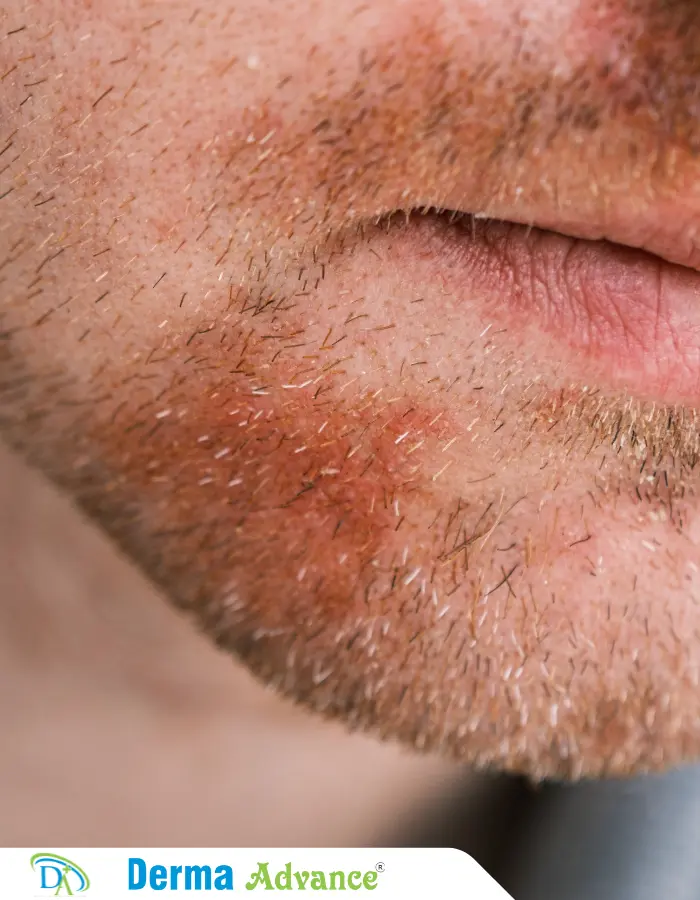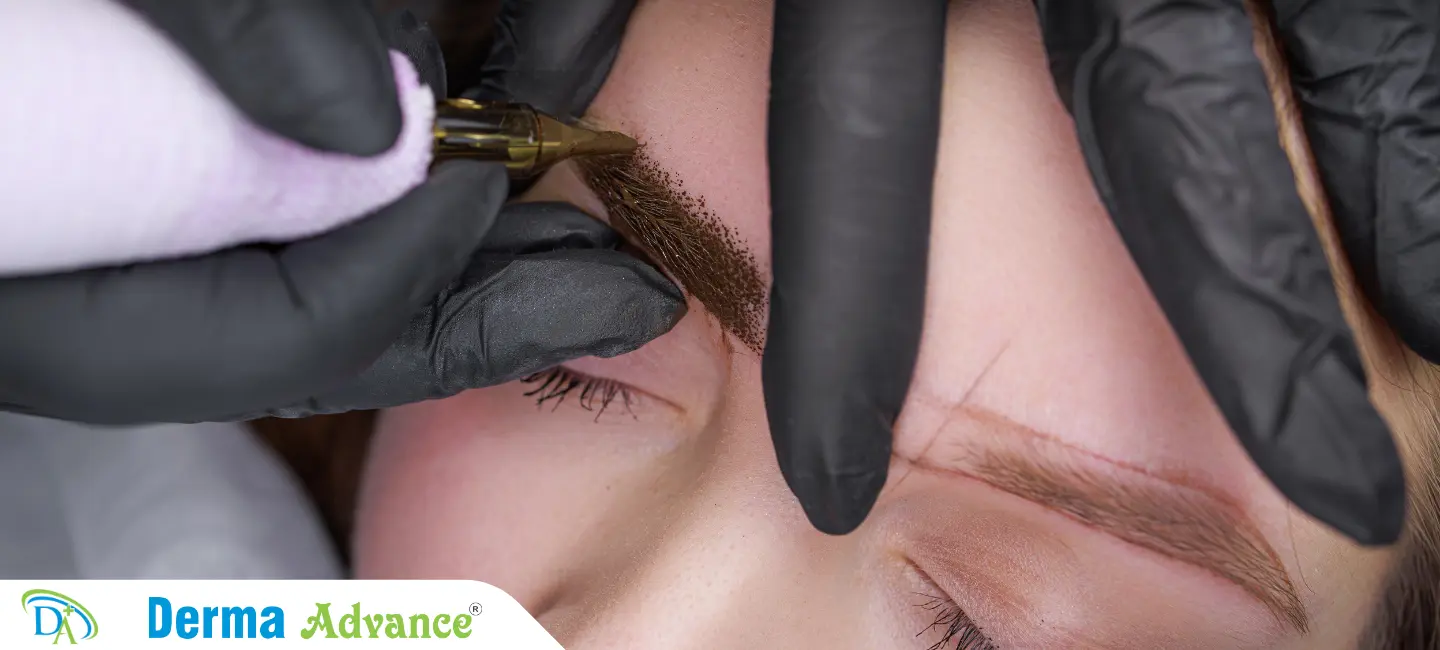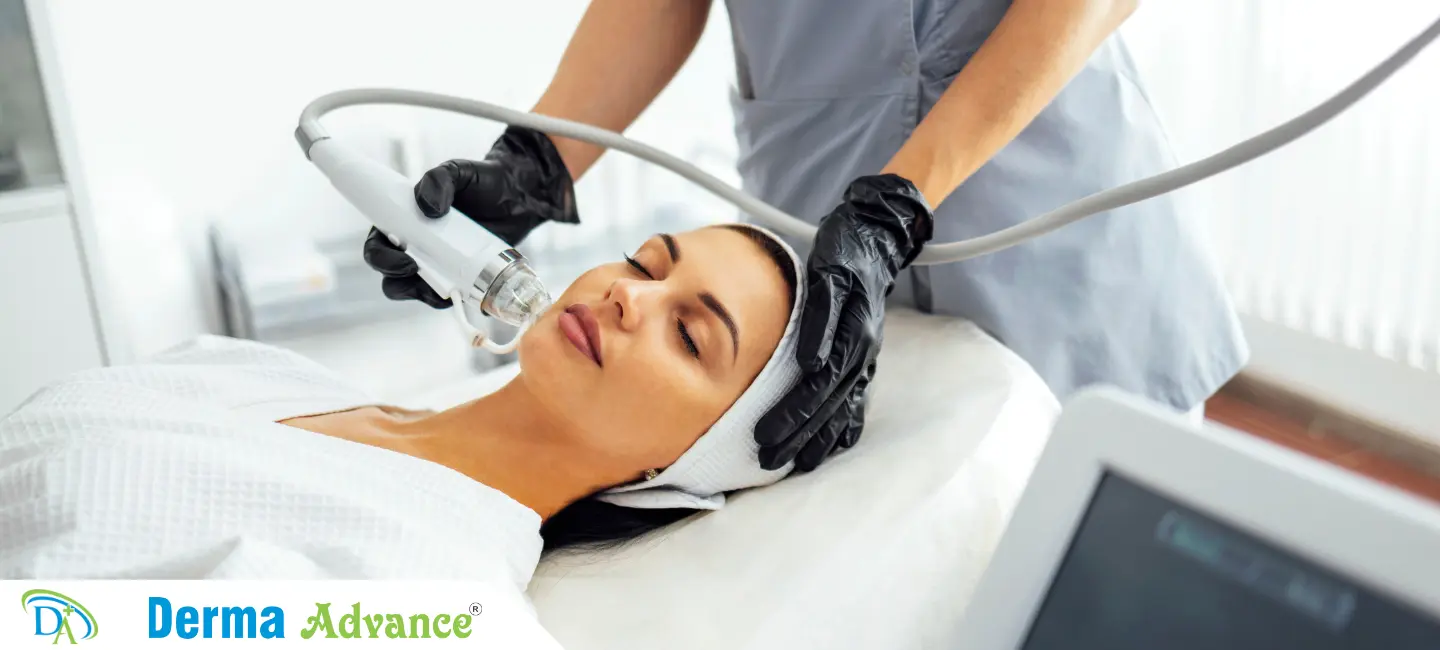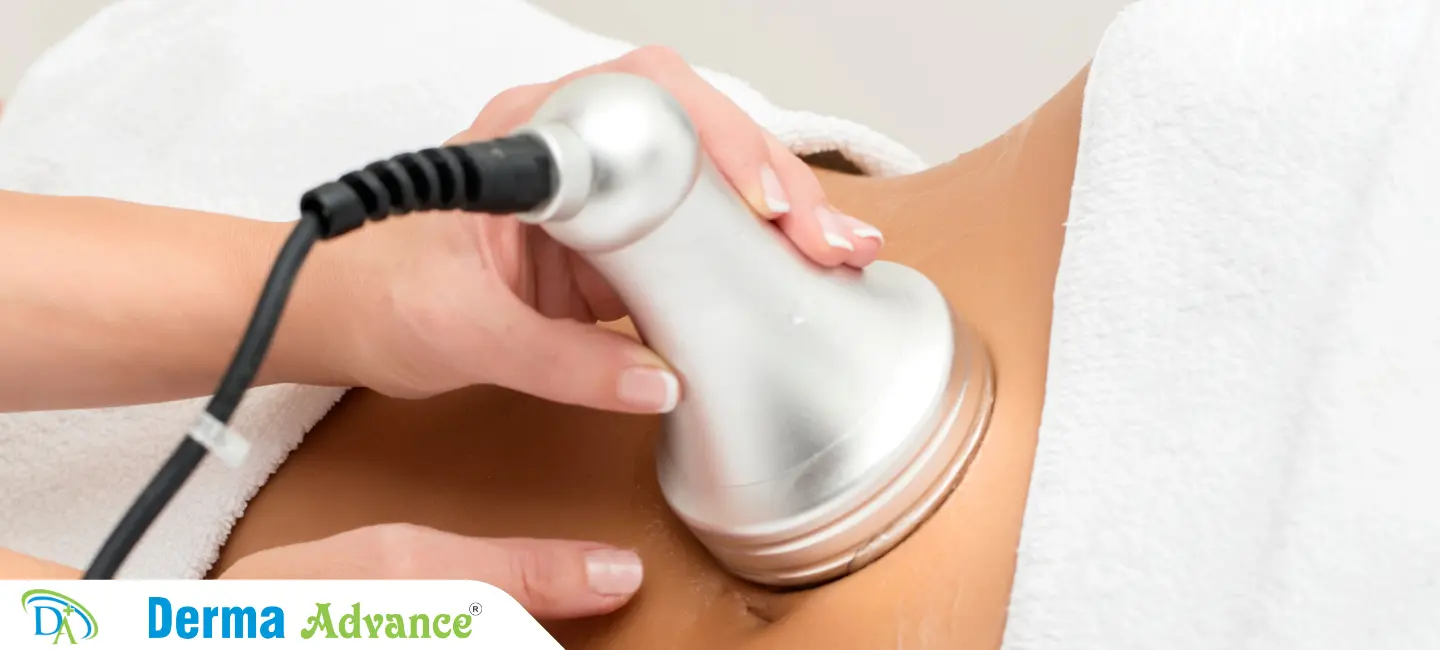What is Seborrheic Dermatitis?
Seborrheic dermatitis is a common inflammatory skin condition characterized by red, itchy, and flaky patches, often affecting the scalp, face, and other oily areas.
Seborrheic dermatitis manifests as red, scaly patches on the skin, particularly in areas rich in sebaceous glands. It results from a combination of factors, including yeast overgrowth (Malassezia species), excessive sebum production, and immune system responses.
Effective management includes medicated shampoos with antifungal agents like ketoconazole, topical corticosteroids to reduce inflammation, and gentle skincare routines. Dermatological assessment helps tailor treatments for symptom relief and long-term management.
Immense Care
We aim to provide immense care tailored to manage and treat your health condition. Be assured, you are in safe hands!
Modern Techniques
We provide modern treatments to ensure you get the quickest and most effective solution to your health conditions!
Symptoms of Seborrheic Dermatitis
What are the Symptoms of Seborrheic Dermatitis?
Seborrheic dermatitis presents with red, inflamed skin patches covered with greasy, yellowish scales, commonly occurring on the scalp, eyebrows, and nasolabial folds. Itching and burning sensations may accompany flare-ups, exacerbating discomfort and affecting daily activities.
Early symptoms include mild flaking and redness, progressing to thicker scales and more pronounced inflammation during flare-ups. Scalp examination reveals crusty lesions and oily patches, indicating active sebaceous gland involvement.
Treatment focuses on reducing inflammation and controlling yeast proliferation through antifungal treatments and anti-inflammatory agents. Patient education on skincare practices and trigger management helps alleviate symptoms and prevent recurrence.
Flaky Skin Patches
Presence of dry, flaky patches on the scalp, face, or other affected areas, indicating seborrheic dermatitis activity and requiring targeted skincare interventions.
Redness and Inflammation
Visible redness and skin inflammation, often accompanied by itching or burning sensations, affecting quality of life and necessitating prompt dermatological evaluation.
Greasy or Oily Skin
Excessive sebum production leading to greasy or oily skin patches, exacerbating seborrheic dermatitis symptoms and influencing treatment approach.
Itching and Discomfort
Persistent itching or discomfort associated with seborrheic dermatitis lesions, prompting patient-reported discomfort and requiring targeted symptom management.
Scalp Crusting
Formation of crusty lesions or scales on the scalp surface, indicating active seborrheic dermatitis involvement and necessitating comprehensive dermatological assessment.
Eyebrow and Facial Involvement
Presence of seborrheic dermatitis on eyebrows, eyelids, or facial folds, highlighting common areas affected by the condition and guiding treatment recommendations.
Diagnosis of Seborrheic Dermatitis
1
Skin Lesion Evaluation
Clinical assessment of skin lesions, including redness, scaling, and greasy patches, indicative of seborrheic dermatitis activity and requiring diagnostic confirmation.
2
Condition Assessment
Examination of scalp health indicators, such as sebum production and flaking severity, guiding diagnostic criteria application and treatment recommendations for seborrheic dermatitis.
3
Medical History Review
Comprehensive review of medical history, including previous skin conditions, family history of dermatitis, and current medications influencing seborrheic dermatitis management and prognosis.
4
Dermatological Evaluation
Evaluation by a dermatologist to confirm seborrheic dermatitis diagnosis, assess symptom severity, and implement personalized treatment plans tailored to individual patient needs.
5
Differential Diagnosis Considerations
Differentiating seborrheic dermatitis from similar skin conditions, such as psoriasis or allergic contact dermatitis, based on distinctive clinical features and diagnostic assessments to optimize treatment outcomes.
6
Scalp Microscopic Analysis
Microscopic analysis of scalp tissue and seborrheic dermatitis lesions to identify cellular changes, microbial imbalances, or inflammatory responses influencing diagnostic accuracy and treatment efficacy.
Book Your Appointment
Find Solution to Seborrheic Dermatitis Now!
Meet Our Expert Seborrheic Dermatitis Specialists


Treatment of Seborrheic Dermatitis
How is Seborrheic Dermatitis treated?
Treatment options for seborrheic dermatitis include medicated shampoos containing ketoconazole or selenium sulfide to control yeast overgrowth and reduce scaling. Topical corticosteroids offer anti-inflammatory benefits, alleviating redness and itching.
Antifungal creams and lotions target Malassezia yeasts, restoring skin barrier function and preventing recurrence. Lifestyle adjustments, such as gentle skincare practices and avoiding triggers like stress or harsh weather conditions, complement medical therapies.
Regular dermatological follow-up ensures treatment effectiveness and adjusts therapeutic approaches based on individual response and symptom severity.
Medicated Shampoos
Use of ketoconazole or selenium sulfide-based shampoos to control yeast overgrowth and reduce scalp flaking associated with seborrheic dermatitis.
Topical Corticosteroids
Application of corticosteroid creams or lotions to alleviate skin inflammation, redness, and itching associated with seborrheic dermatitis flare-ups.
Antifungal Creams
Topical application of antifungal agents to target Malassezia yeasts and restore skin barrier function in individuals with seborrheic dermatitis.
Skincare Routine
Adoption of gentle skincare practices, including mild cleansers and moisturizers, to maintain skin hydration and minimize seborrheic dermatitis symptoms.
Trigger Management
Identification and avoidance of triggers like stress, hormonal changes, or environmental factors exacerbating seborrheic dermatitis symptoms and promoting long-term skin health.
Dermatological Monitoring
Regular follow-up visits with a dermatologist to assess treatment efficacy, adjust therapeutic strategies, and optimize management of seborrheic dermatitis symptoms.
Causes of Seborrheic Dermatitis
1
Malassezia Yeast Overgrowth
Proliferation of Malassezia yeasts on skin surfaces, triggering inflammatory responses and contributing to seborrheic dermatitis symptom exacerbation in affected individuals.
2
Sebum Production Imbalance
Dysregulation of sebaceous gland activity, leading to excessive sebum production and promoting conditions favorable for seborrheic dermatitis development and progression.
3
Genetic Factors
Inherited genetic predisposition influencing skin barrier function and immune responses, increasing susceptibility to seborrheic dermatitis and determining treatment responsiveness.
4
Environmental Triggers
Exposure to environmental stressors, such as humidity or cold weather conditions, exacerbating seborrheic dermatitis symptoms and necessitating targeted skincare and lifestyle adjustments.
5
Hormonal Influences
Fluctuations in hormone levels, including androgens and cortisol, affecting sebaceous gland activity and skin inflammation in individuals predisposed to seborrheic dermatitis.
6
Immune System Responses
Abnormal immune responses to Malassezia yeasts or environmental factors, triggering inflammatory reactions and contributing to seborrheic dermatitis symptom severity and chronicity.
How to Prevent Seborrheic Dermatitis?
Seborrheic dermatitis is a common inflammatory skin condition characterized by red, itchy, and flaky patches, often affecting the scalp, face, and other oily areas.
Effective prevention strategies include using gentle cleansers and moisturizers suitable for sensitive skin, avoiding harsh hair products, and managing stress through relaxation techniques or regular exercise.
Regular scalp and skin assessments help identify early signs of seborrheic dermatitis, enabling prompt treatment and minimizing symptom severity.

